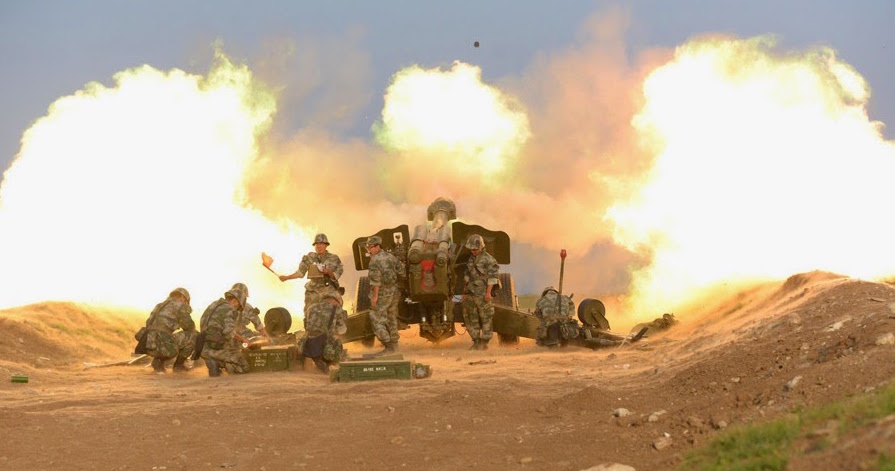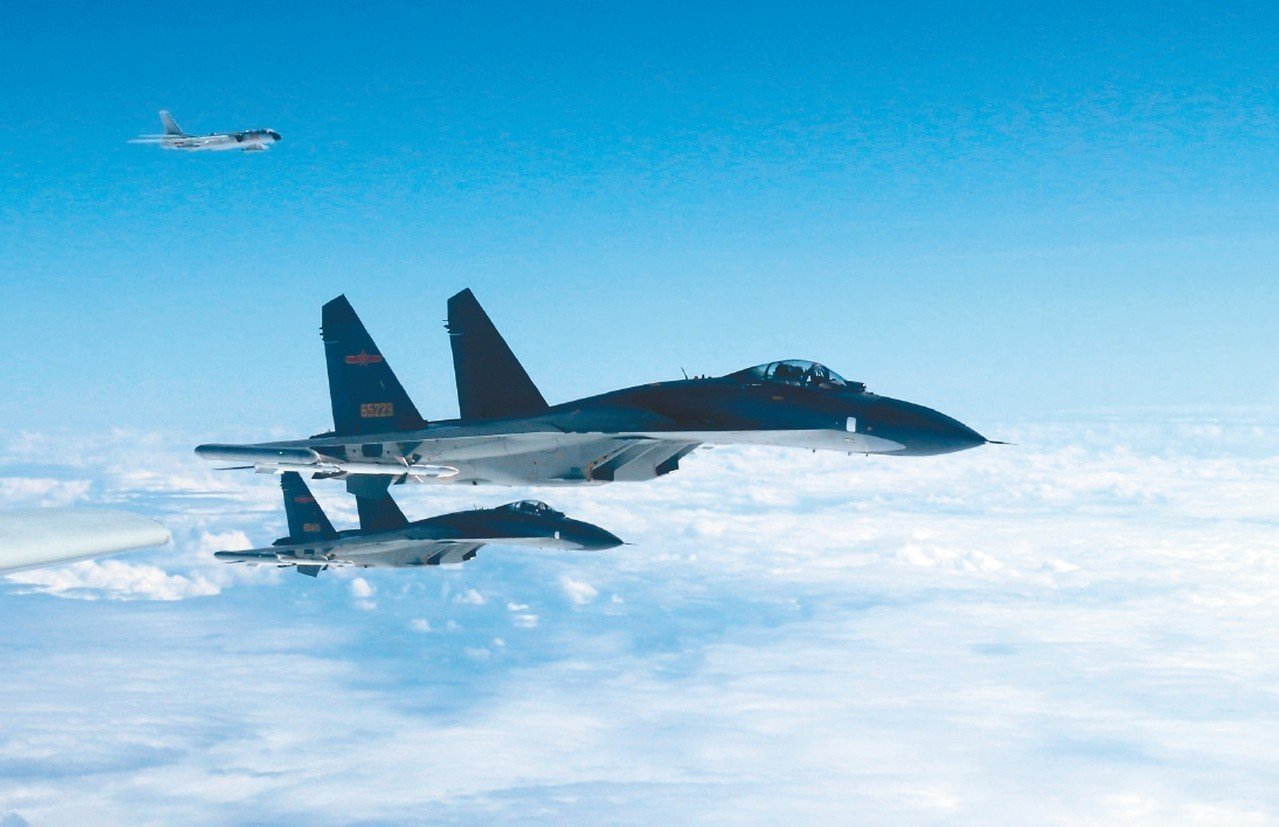As tensions rise in the South China Sea, Taiwan could deploy new high-tech weapons on an island it controls.
Due to a changing security environment in the South China Sea, Taiwan’s Ministry of National Defense has reportedly made 17 specific proposals to bolster Taiwan’s defensive capabilities on Taiping Island, one of the largest islets in the disputed area.
Following “high levels” talks with MND and the Coast Guard Administration, which is officially in charge of the defense of Taiping Island (also known as Itu Aba), officials reportedly agreed that defensive capabilities on the island should be augmented. Currently, the island’s defense relies on a combination of 40 mm anti-aircraft artillery and 120 mm mortar, AT-4 anti-armor rockets and other light weapons.
Among the new weapons recommended for deployment are small and medium unmanned aerial vehicles as well as the new indigenously developed Coastal Defense Rocket System (CDRS).
Designed by the National Chungshan Institute of Science and Technology (NCSIST), Taiwan’s top defense research institute, and first unveiled at the Taipei International Aerospace and Defense Industry Exhibition (TADTE) in 2015, the “Tan An” CDRS is a turret-mounted rotational unmanned system that can be deployed on shore and at critical locations on outlying islands for counter-landing operations. The fixed-emplacement CDRS, which is controlled remotely, operates at a maximum range of 1.2 km and comprises 12×7 rocket launchers for concentrated fire.

The NCSIST’s automated short-range XTR-102 on display at TADTE 2013 (Photo: J. Michael Cole)
Also proposed for deployment is the automated short-range XTR-102 armed with two T-75 20 mm automatic guns, first unveiled at TADTE 2013.
Another brainchild of the NCSIST, the XTR-102 combines precision, maneuvering and firepower. According to Army Recognition, the system uses “optical imagery identification, target tracking, fire control, fire concentration and accurate servo motors to ensure the system ability of providing ‘fast, fierce, aggressive precision’ firepower and the efficiency of decreasing casualty.”
The two turrets can rotated on 360 ° at a maximum speed of 60 ° per second with an elevation from -15° to 85°.
Despite the possibility of strengthened defenses on Taiping, a MND spokesperson told reporters today that the administration remains committed to the peaceful resolution of conflict in the South China Sea. MND refused to discuss or confirm the nature of the potential force augmentation on Taiping Island.
Taiwan is embroiled in territorial disputes with several Asian neighbors in the area, including China, the Philippines, and Vietnam. China’s ongoing militarization of artificial islets in the South China Sea has sparked fears in the region and prompted regular sea patrols by the U.S. Navy.
Although the limited range of the proposed systems means that they would not directly threaten other claimants, the deployment of advanced weapons on the contested island could nevertheless spark protests in Manila and Hanoi.
You might also like
More from Military
U.S. Government Approves US$2.2bn Sale of M1A2 Tanks, Stinger Missiles to Taiwan
The proposed sale includes 108 M1A2T Abrams Tanks and 250 Stinger anti-aircraft missiles.The U.S. Defense Security Cooperation Agency (DSCA) on …
The Median Line in the Taiwan Strait: A Dangerous Loophole
Taiwan’s options are limited, but the Tsai administration must pursue a course of action that shows firm decisiveness and yet …
Taiwan Requests New Combat Aircraft From the US: What Happens Next?
Whatever happens in the next few months — and expect the whole thing to become highly politicized — it is …









